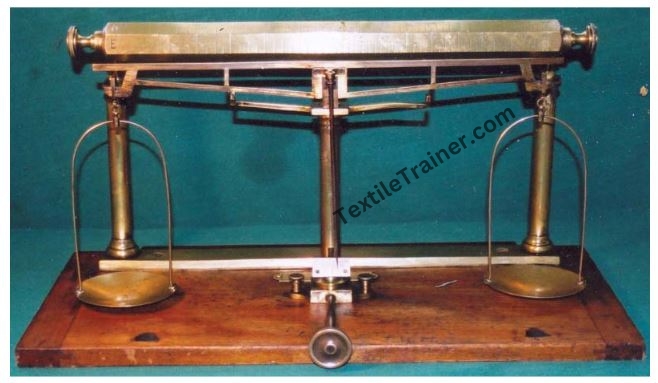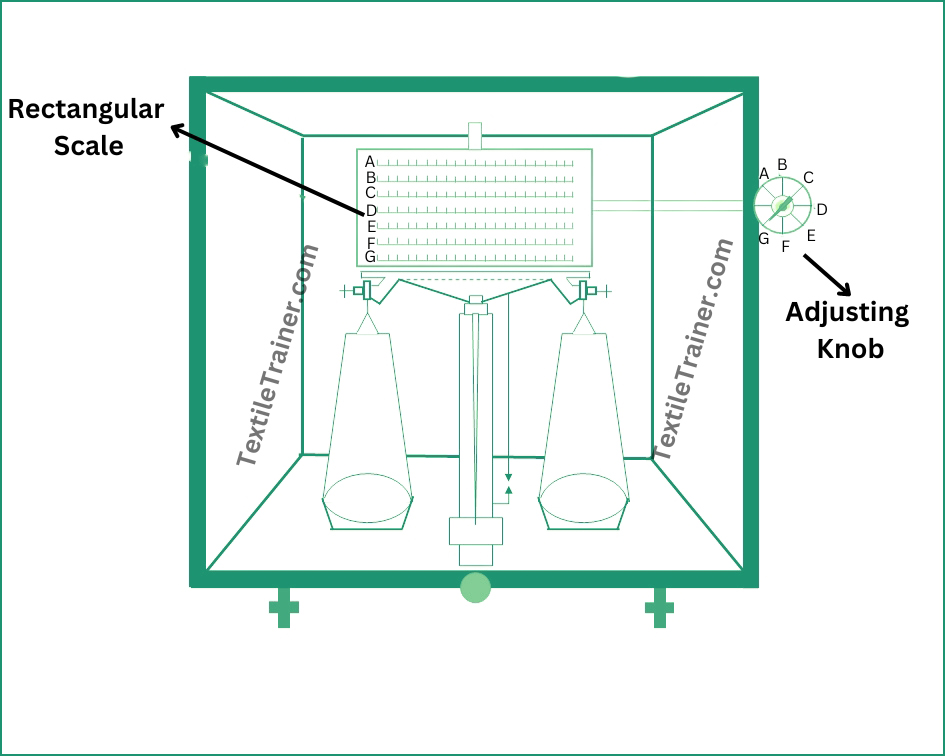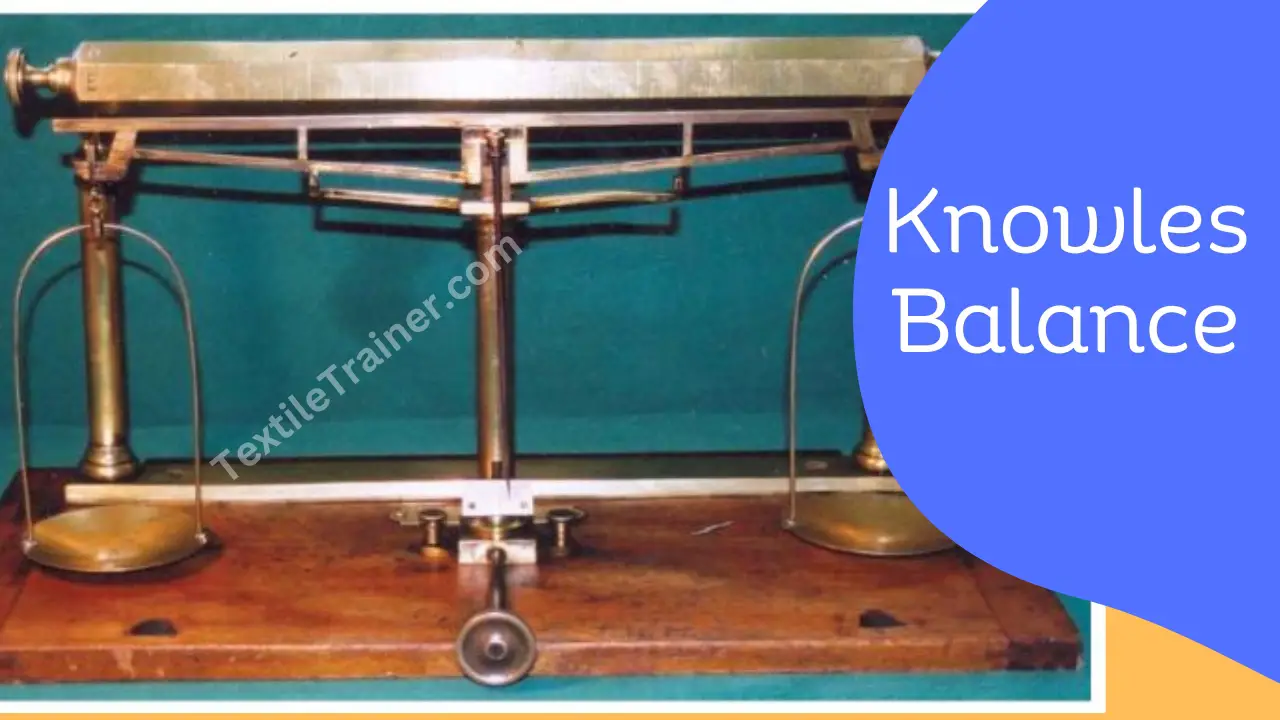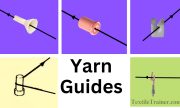Name of the Experiment:
Lab Report: Study on determination of yarn count by wrap reel and knowles balance.
Introduction:
Fineness is defined by the count of a yarn, a numerical expression. In textiles, count is defined as a number indicating the mass of a yarn per unit length, or the length of a yarn per unit mass, as defined by the textile institute. The number of yarns is expressed in several ways, depending on the material used to prepare it and where it was manufactured. Count determination can be done using a variety of instruments. In this experiment, we will use a Knowles Balance to determine count.
Objectives:
- To know about count of yarn.
- Come to learn about Knowles Balance.
- To know working procedure of determine yarn count by Knowles Balance.
Principle of Knowles Balance:
Knowles balance is a direct reading yarn count balance. It is used when samples are available in large quantities such as hanks, ring cops, etc. In order to wrap a minimum of 120 yards using the wrap reel.


As shown in the above figure, Knowles Balance are similar to ordinary physical balances. Behind the beam, the balance, a rectangular board or a hexagonal scale, are mounted. In this instrument, the moment of balancing length is measured using the principle of fixed weight and fixed length. Located behind the main pillar of the balance is a hexagonal scale or rectangular board mounted on a pillar. Each face of the hexagonal scale is calibrated to cover different counts ranging from coarse to fine. Each face is lettered A to F. seven scales are calibrated and lettered A To G in the case of a rectangular board. One knob can be turned in front of the balance to level any face of the rectangular board to the beam. Two counterweights are provided with the instrument, one circular and one rectangular, both marked with the letters A, B, C, D, E, F, and G. In the balance, the circular weight is placed on the left pane and the rectangular weight on the beam. On the right pane, the yarn sample is placed.
Based on the approximate count of the yarn, a hexagonal scale face is selected, for example, if the yarn count is assumed to be the 30s, the hexagonal scale face is selected. In order to determine the exact count of the yarn, it has a range of counts between 20s and 40s. By turning the knob, the rectangular board’s scale is brought level with the beam of the balance when it has that count. On the right-hand pane, a sample of lea is placed, and the rectangular weight is then adjusted until the beam is balanced. Next, the yarn count is read directly from the scale, with the value opposite a line marked in the center of the rectangular weight.
Standard Testing Temperature:
An atmosphere at the prevailing barometric pressure with a relative humidity of 65% and temperature of 200 C is called standard testing temperature.
Apparatus:
- Wrap Reel.
- Knowles Balance.
- Scissor.
- Cotton yarn package.
Working procedure:
- Select a suitable package (cheese or cone) of yarn for warping to the reel.
- Fix the yarn in the screw of the reel, passing it through the yarn guide.
- The reel has a diameter of 54 inches.
- To take 120 yards of yarn, rotate the reel 80 times.
- The gauge and warning bell indicate the start and finish points.
- Remove the yarn from the reel, tying a knot to prevent unraveling.
- Weigh the cotton yarn using a Knowles balance.
- Adjust the rider’s position until the balance beam is level.
- Read the count directly from the scale, opposite a line in the middle of the rider.
- Repeat this procedure five times.
- Record the values and calculate the average count.
Calculation:
| No of the observation | Length of the sample (yds.) | Count from Knowles Balance (Ne) | Average count (Ne) |
| 1. | 120 | 59 | 60.6 |
| 2. | 120 | 60 | |
| 3. | 120 | 60.5 | |
| 4. | 120 | 62 | |
| 5. | 120 | 61.5 |
Result:
In order to increase the accuracy of the count, we calculate the count five times. Next, we calculate the average count of the yarn. Our average yarn count is 60.5.
Conclusion:
In this experiment, we learned more about Knowles Balance. We also learned how to calculate yarn count by using the Knowles Balance. A special thanks to our teacher for helping us with this experiment. This experiment is useful for our future careers.







6 thoughts on “Determination of Yarn Count by Wrap Reel and Knowles Balance Easy Way/ Lab Report-1”